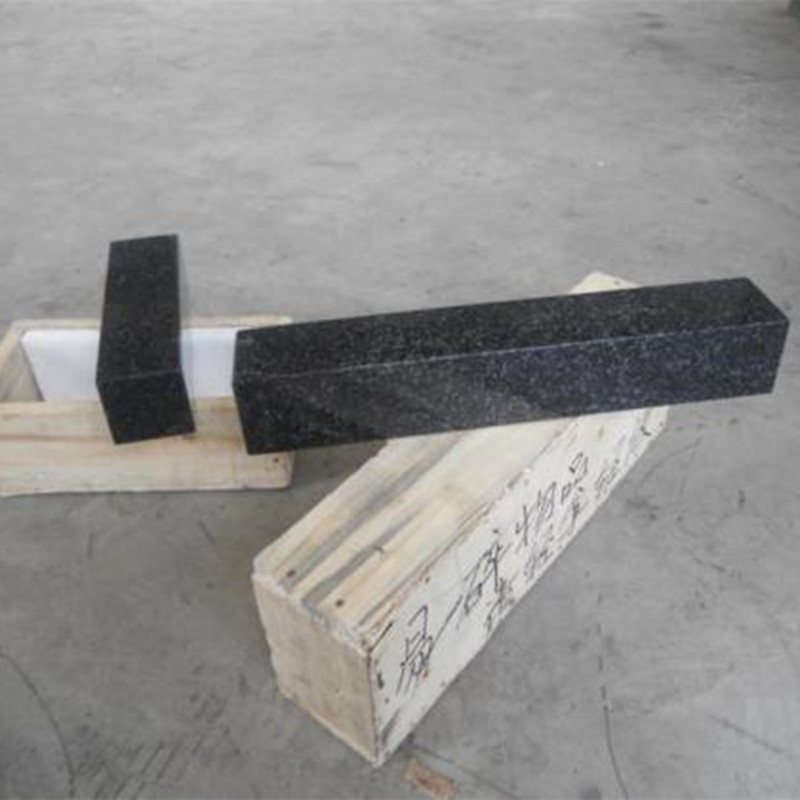okt . 19, 2024 06:24 Back to list
different types of flow control valves
Different Types of Flow Control Valves
Flow control valves play a crucial role in various industrial applications by regulating the flow of fluids within a system. These valves are essential for maintaining the desired rate of flow, pressure, and temperature in pipelines, ensuring optimal performance and safety. Understanding the different types of flow control valves is vital for selecting the appropriate one for a particular application.
1. Globe Valves
Globe valves are among the most widely used flow control valves. They have a spherical body shape and a movable disc, which allows for precise control of flow. The disc can move closer to or further away from the seat, effectively regulating the flow rate. Globe valves are particularly useful in applications requiring throttling and can handle high-pressure environments. However, their internal design can result in a greater pressure drop compared to other valve types.
2. Ball Valves
Ball valves feature a spherical ball with a hole through the middle, which rotates to control the flow. When the hole aligns with the pipeline, the valve is open, and when it is perpendicular, the valve is closed. Ball valves are known for their durability and low flow resistance, making them suitable for on/off applications. While they are not ideal for throttling due to limited flow control capabilities, their quick operation and tight seal make them a popular choice in many industries.
3. Gate Valves
different types of flow control valves

Gate valves are designed to provide a straight-line flow of fluid with minimal obstruction. They consist of a flat gate that moves up and down to either block or allow flow. While they are excellent for fully open or fully closed applications, gate valves are not typically used for throttling. Their primary advantage is the low friction loss in the pipeline when fully open, ensuring minimal pressure drop. However, their slower operation may not be suitable for applications requiring rapid flow adjustments.
4. Check Valves
Check valves are a type of flow control valve that allows fluid to flow in one direction only, preventing backflow. They are essential for protecting equipment from damage due to reverse flow. There are several types of check valves, including swing, lift, and ball check valves, each with unique mechanisms for preventing backflow. While they do not control the flow rate directly, they play a significant role in maintaining the integrity of the system.
5. Pressure Relief Valves
Pressure relief valves are critical for protecting systems from overpressurization. They automatically release fluid when the pressure exceeds a predetermined limit, preventing damage to equipment and enhancing safety. These valves can be found in various applications, from hydraulic systems to gas pipelines, and are crucial for maintaining safe operating conditions.
Conclusion
In summary, the choice of flow control valve depends on the specific requirements of the application, including flow rate, pressure, and the desired level of control. Understanding the different types of flow control valves—globe, ball, gate, check, and pressure relief valves—allows engineers and operators to select the most appropriate solution to ensure efficient and safe fluid management in their systems. Proper selection and maintenance of these valves are essential for the longevity and reliability of any fluid handling system.
-
Welding Table Cast Iron Surface Finish GuideNewsJul.01,2025
-
Valve Types for Industrial ApplicationsNewsJul.01,2025
-
Types of Strainer for Industrial ApplicationsNewsJul.01,2025
-
Types of Bore Gauge for Precision MachiningNewsJul.01,2025
-
Safety Standards in Welding Fabrication Table Manufacturing ProcessesNewsJun.30,2025
-
Impact of Temperature Fluctuations on Ring Gauge AccuracyNewsJun.30,2025
Related PRODUCTS









